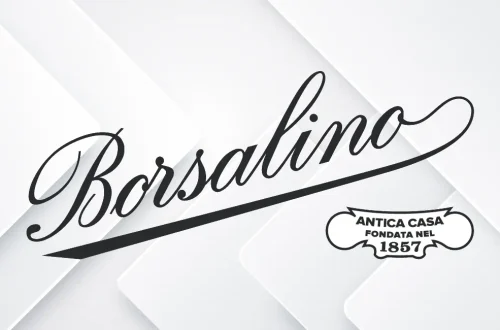
GENNY SHOW SPRING/SUMMER 2026
UNPREDICTABLE CURVES
Milan, September 25th 2025
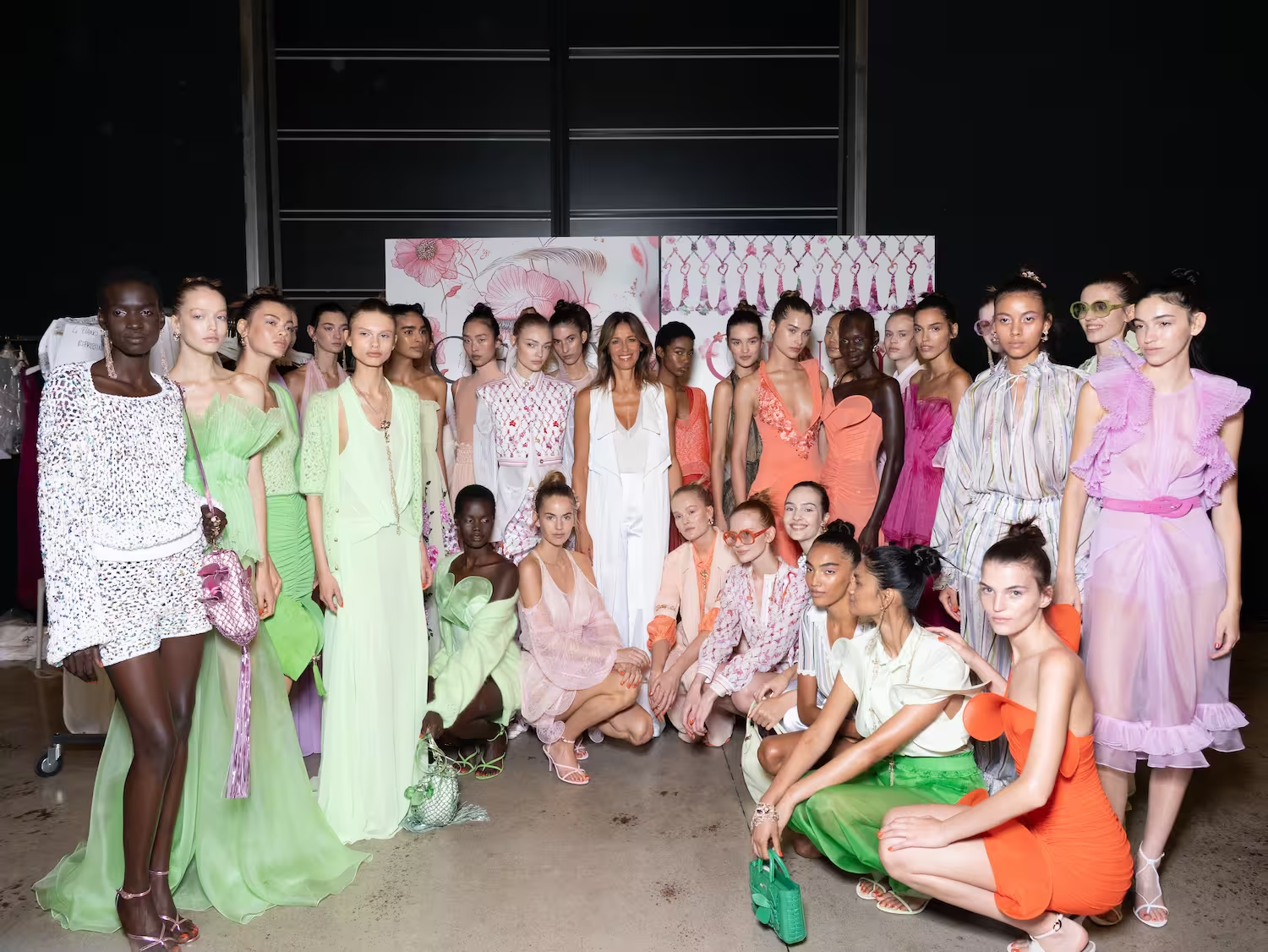
Looking at a Phalaenopsis orchid against the light the symbol of Genny and inspired by Marc Quinn’s artwork showcased on the runway, Sara Cavazza Facchini discovers a kinship between the curves of its petals and the curves of women. In the outer edge of the corolla, one can see the rounded line of shoulders, while the bold descent toward the pistil evokes the hollow between the breasts, and the entire flower, when viewed upside down, recalls the belly of the Mother Goddess.
Marc Quinn: “The curves of an orchid are like a drawing in space: they have an elegance and simplicity that are rarely found in art.”
From this comes the idea of building the entire collection around a new concept of feminine curvature. The waves of the sea become the edges, collars, and cuffs of a sophisticated green gauze shirt, but also the hem of a delightful organza dress and new harem pants that dance freely around the ankle. The petals of the orchid bend, come to life, and open up in the complex constructions of organza bustiers to be worn over masculine trousers, or in a pure white bodysuit with a sculptural corolla around the décolleté. Stripes take on the role of the flower’s stem, while different kinds of pleats are interwoven with asymmetries and bias cuts for chiffon dresses, circular shapes for a trench-gilet, and animated hems in jersey or gauze garments.
Everything is soft and generous, like an affectionate and seductive embrace. The materials including the precious Chantilly lace of a refined masculine shirt with contrasting borders follow this new variable geometry of the curved line. The colors follow a chromatic logic based on white, green, blush pink, light blue, or salmon, but they vibrate in the same hue with different intensities from top to bottom or vice versa.
There is only one print: a full-floral all-over of intertwined orchids over the brand’s iconic Block Chain motif. In the same spirit, the Genny Bag comes embroidered all over with flowers. An essential accessory is the semi-circular woven leather crossbody bag with a leather tassel. As for shoes, the collection ranges from mules with a nappa orchid on the strap to high-heeled flip-flops with floral micropavé, and finally to a reimagined vintage Genny pump with a medium rounded heel.
All the jewelry evokes the gigantic “Light Into Life” sculpture by Marc Quinn. Necklaces, rings, hair combs, and headbands are a woman-to-woman tribute to the most beautiful feminine curves: those of the heart and the mind.
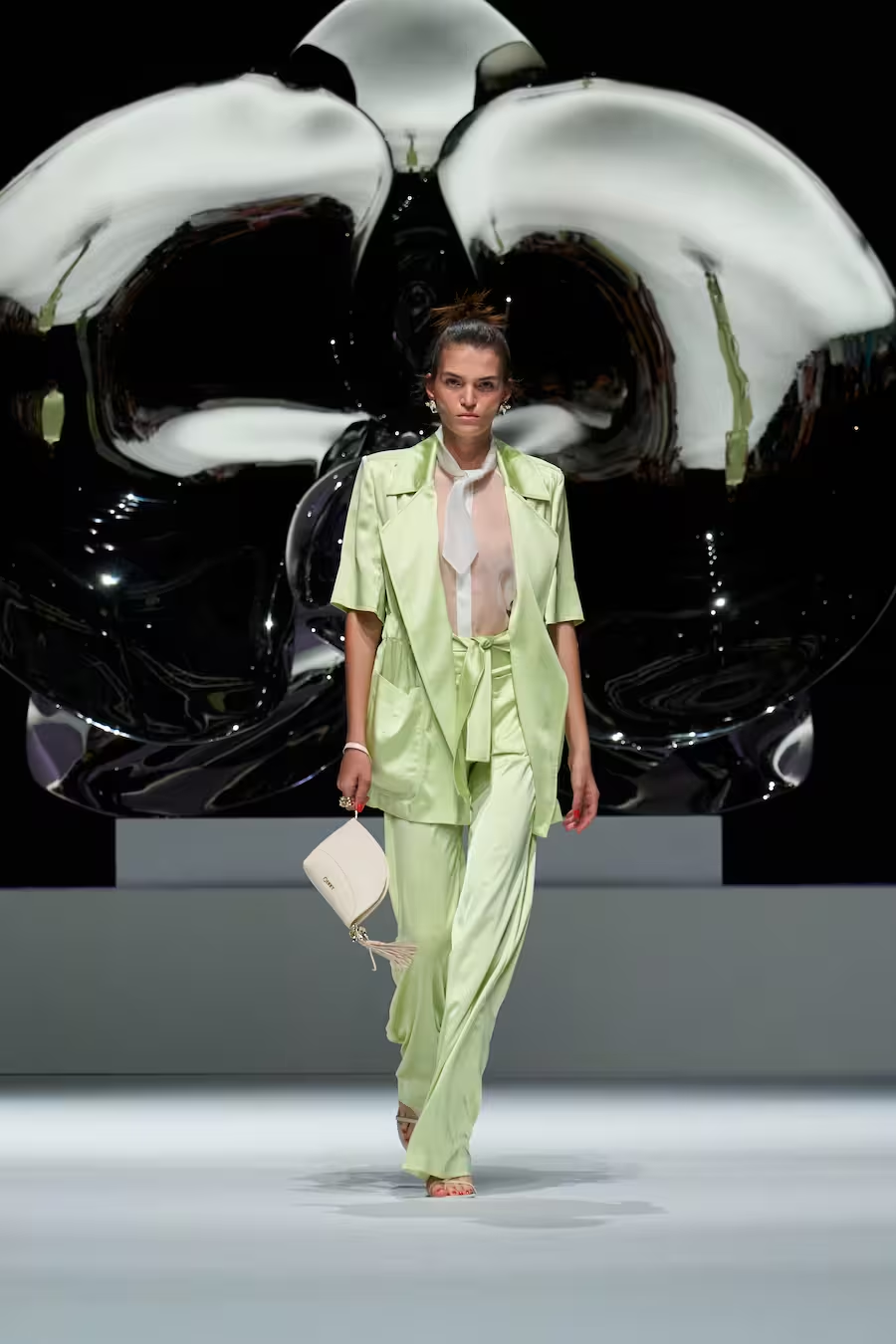
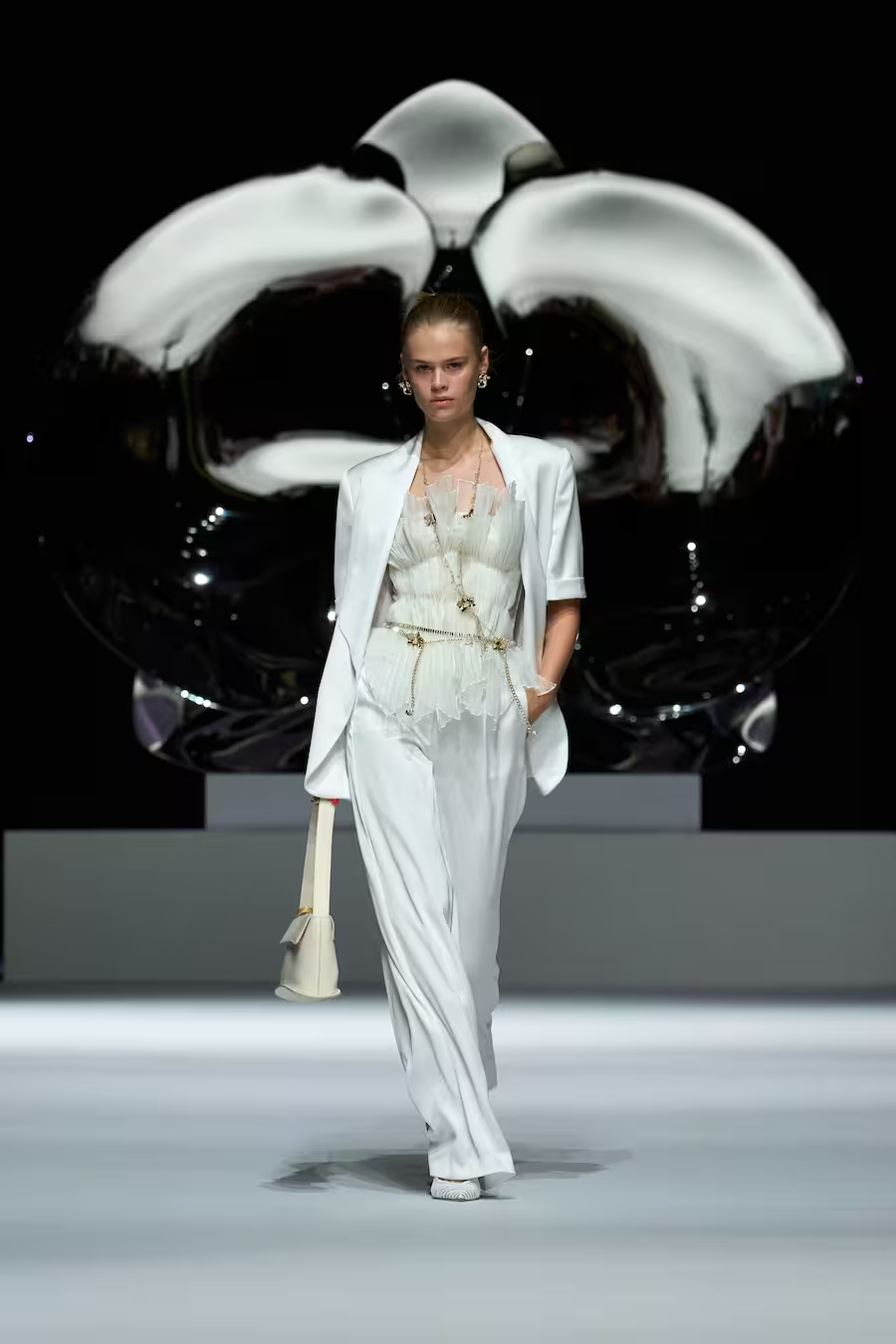
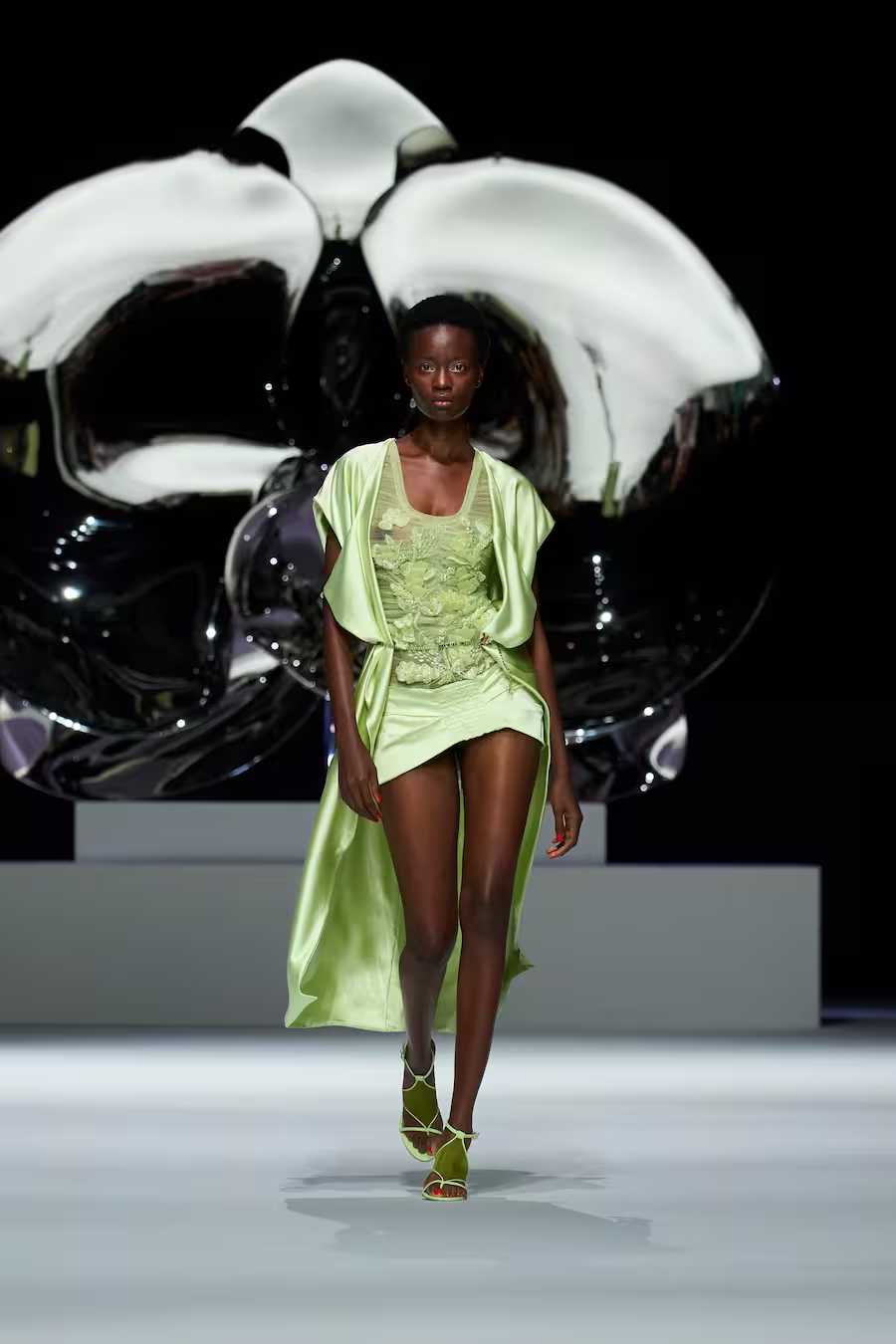
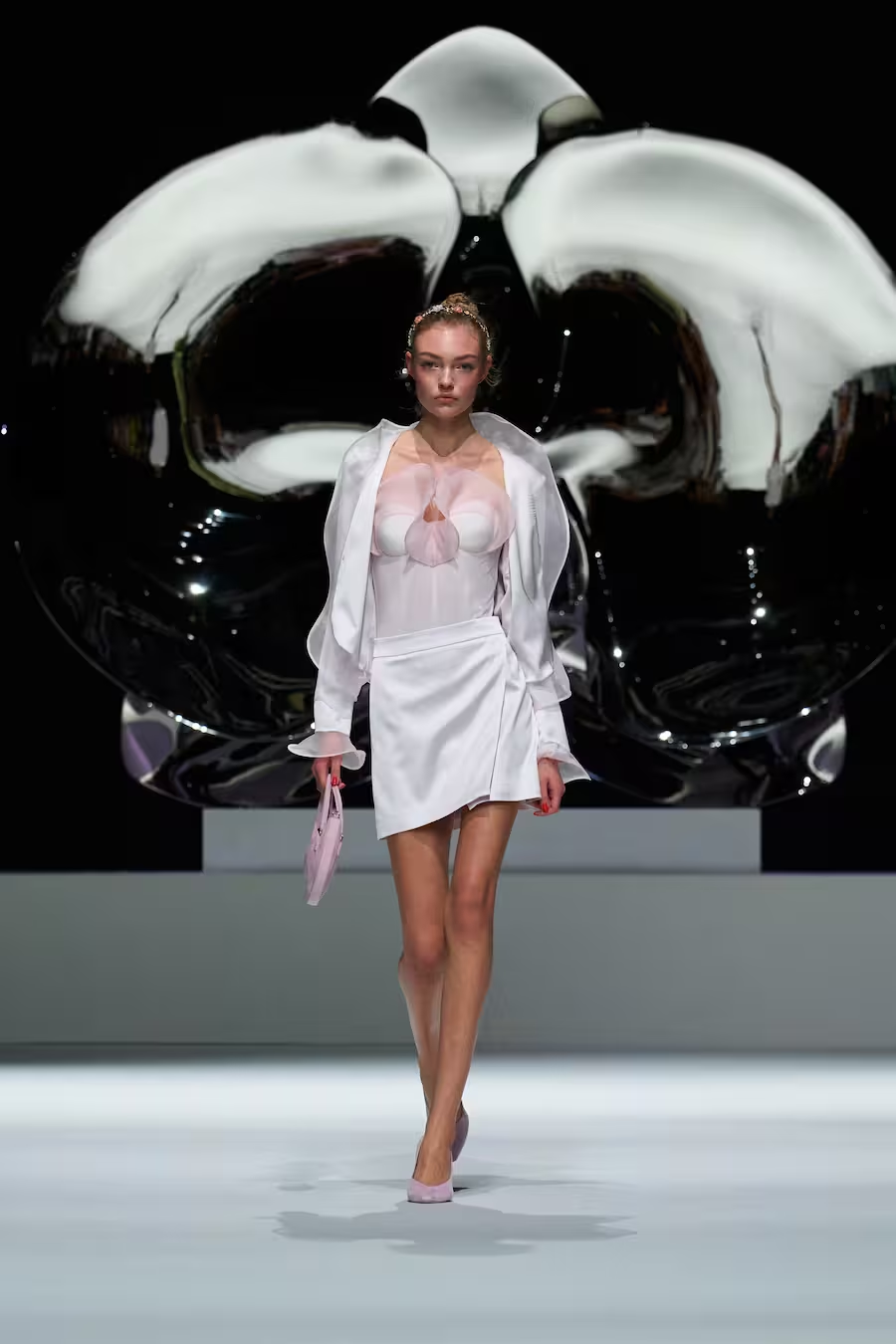
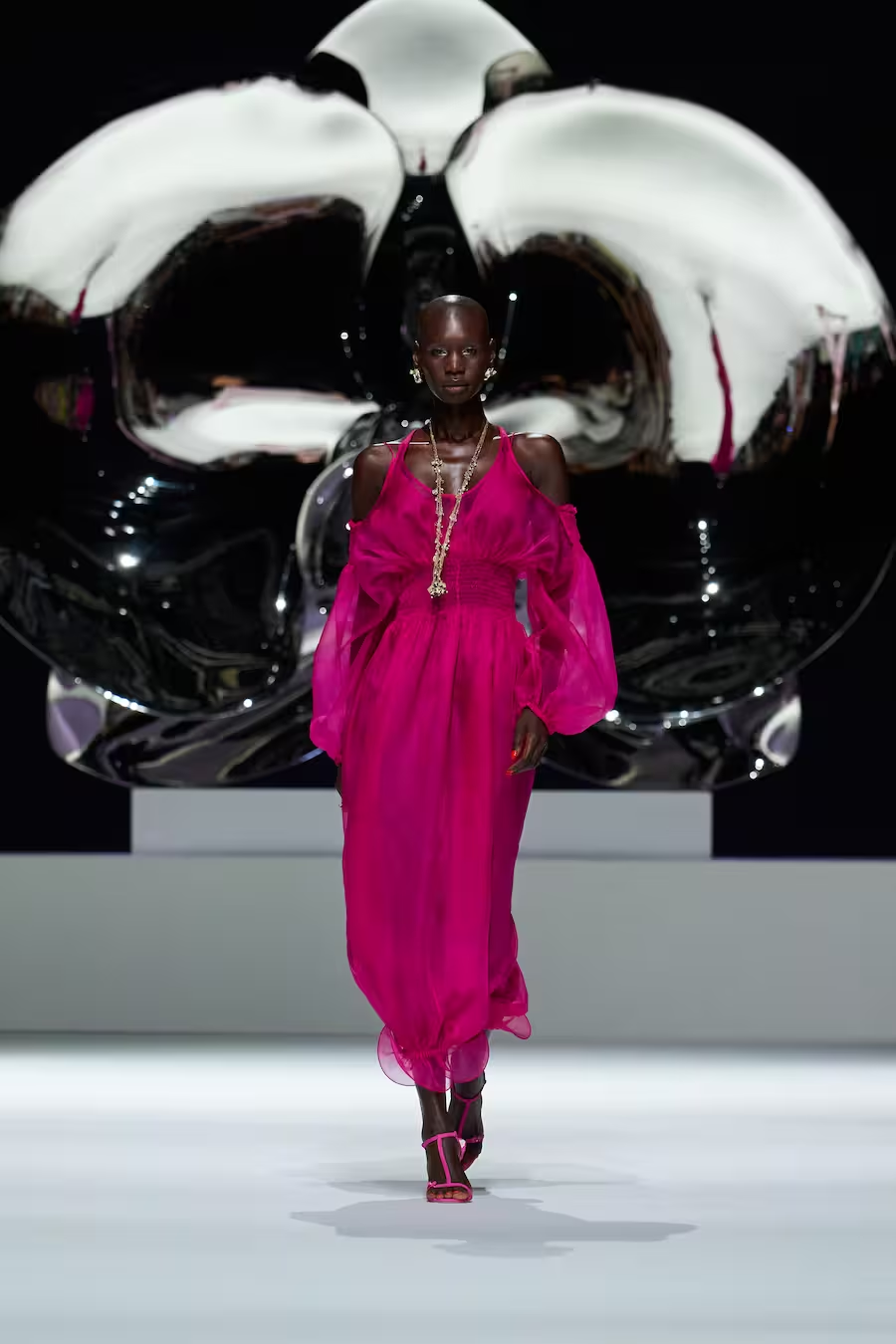
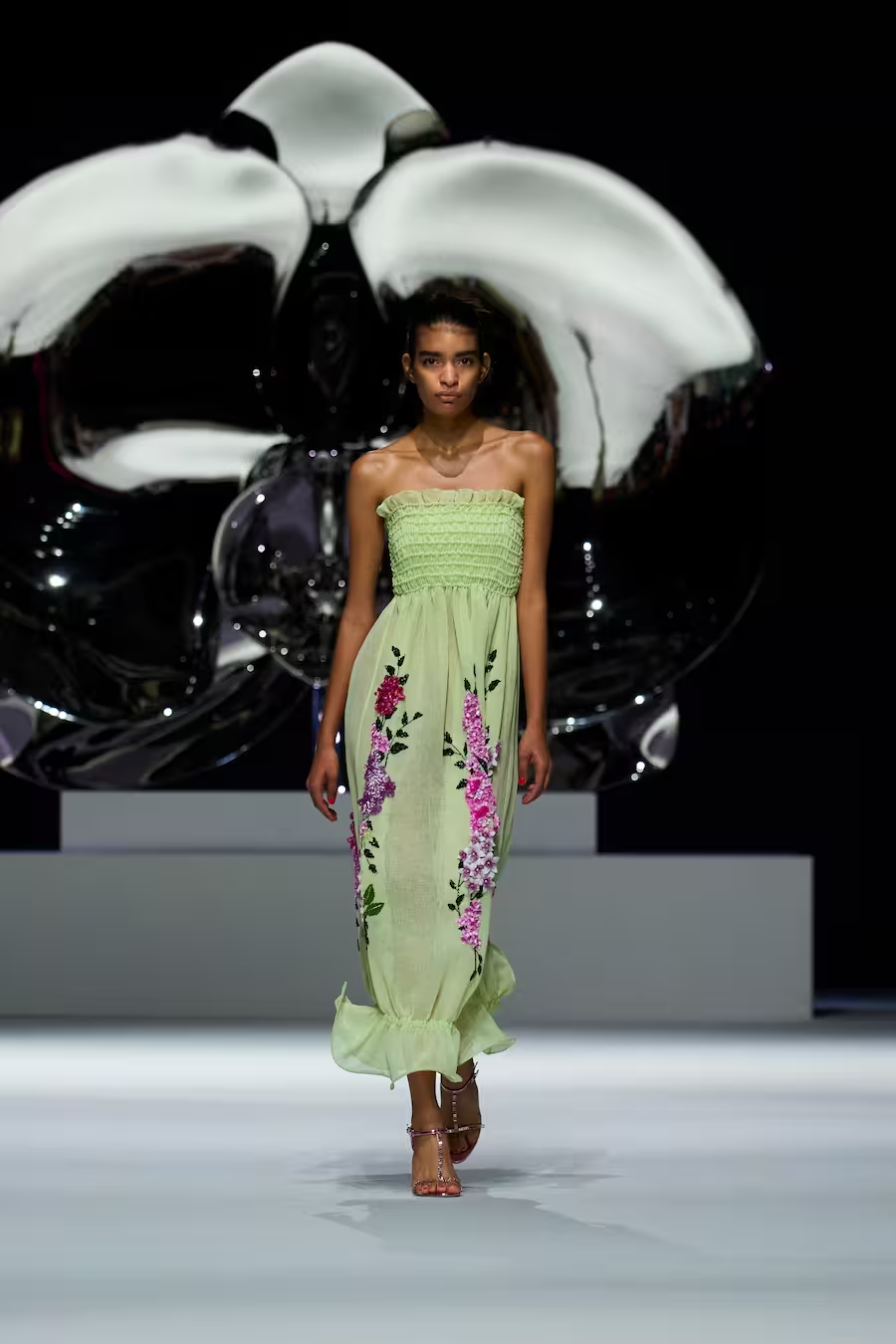
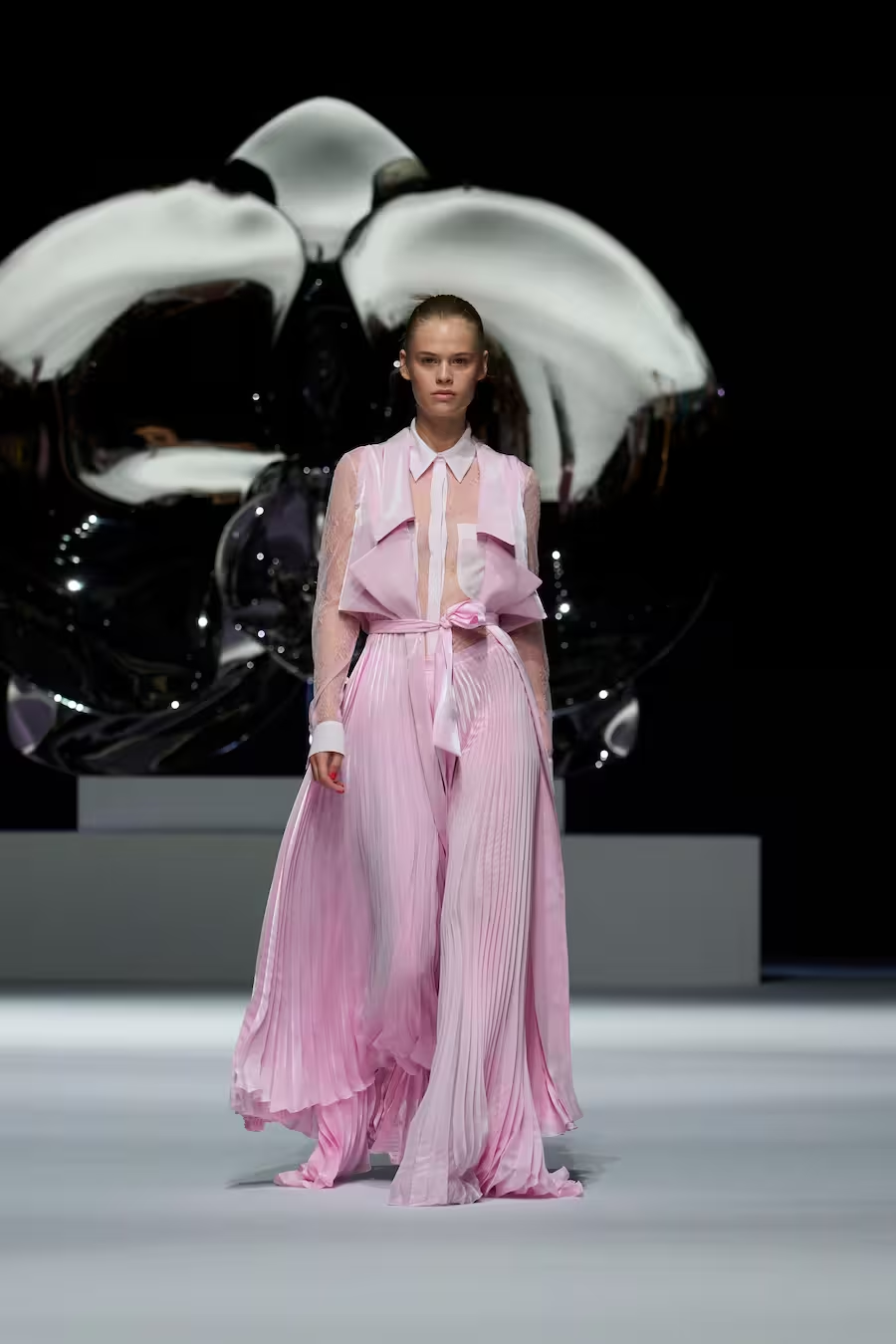
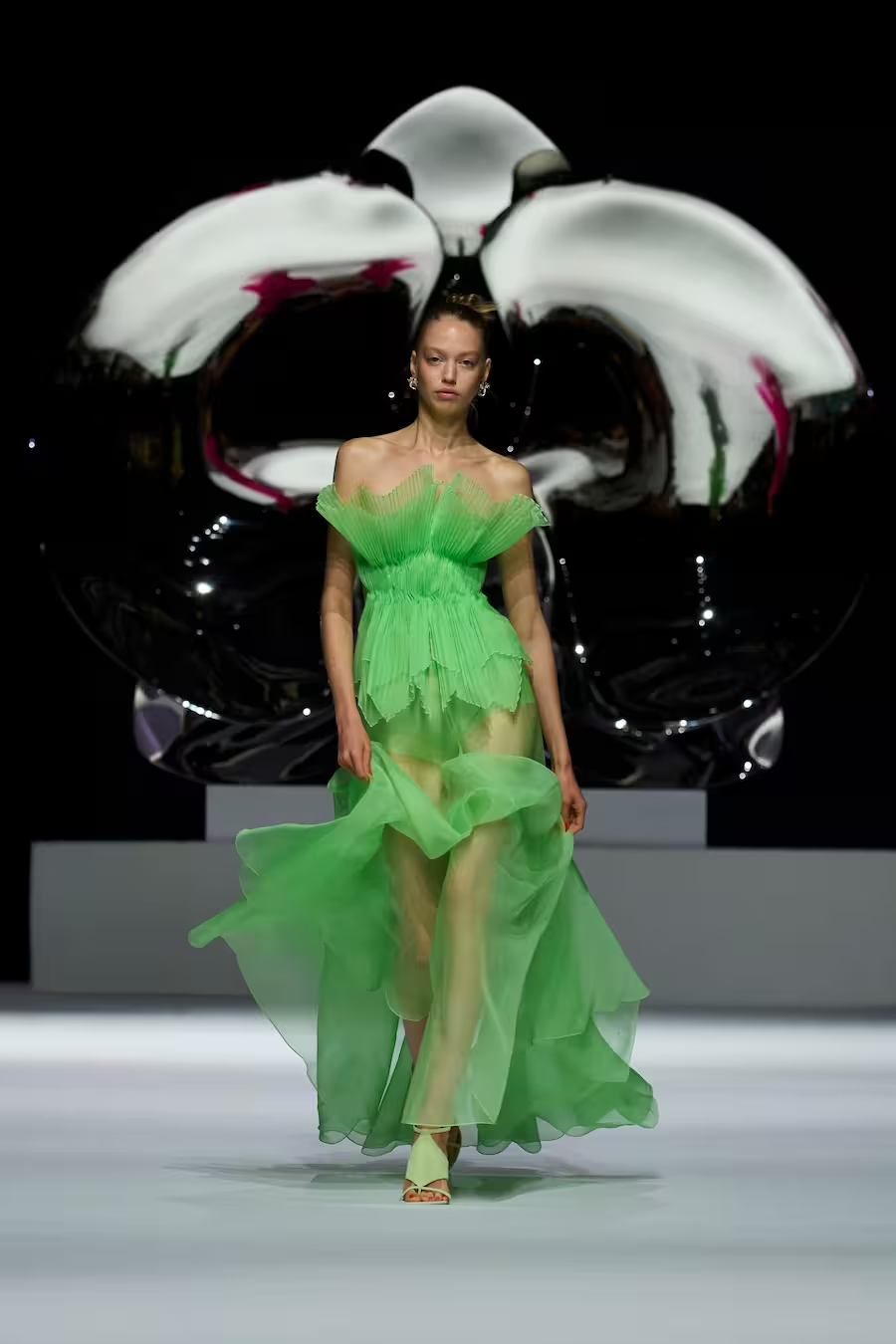
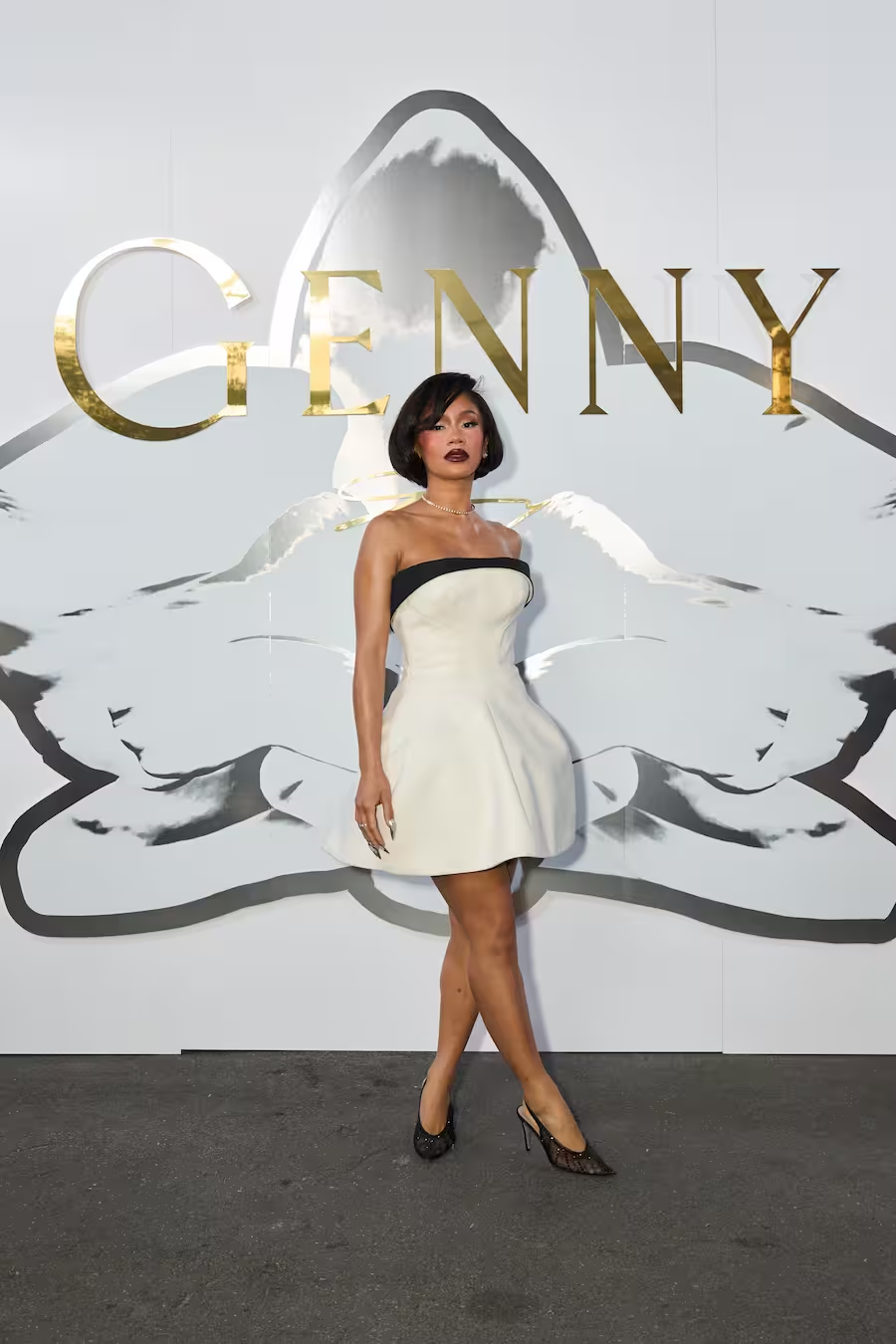
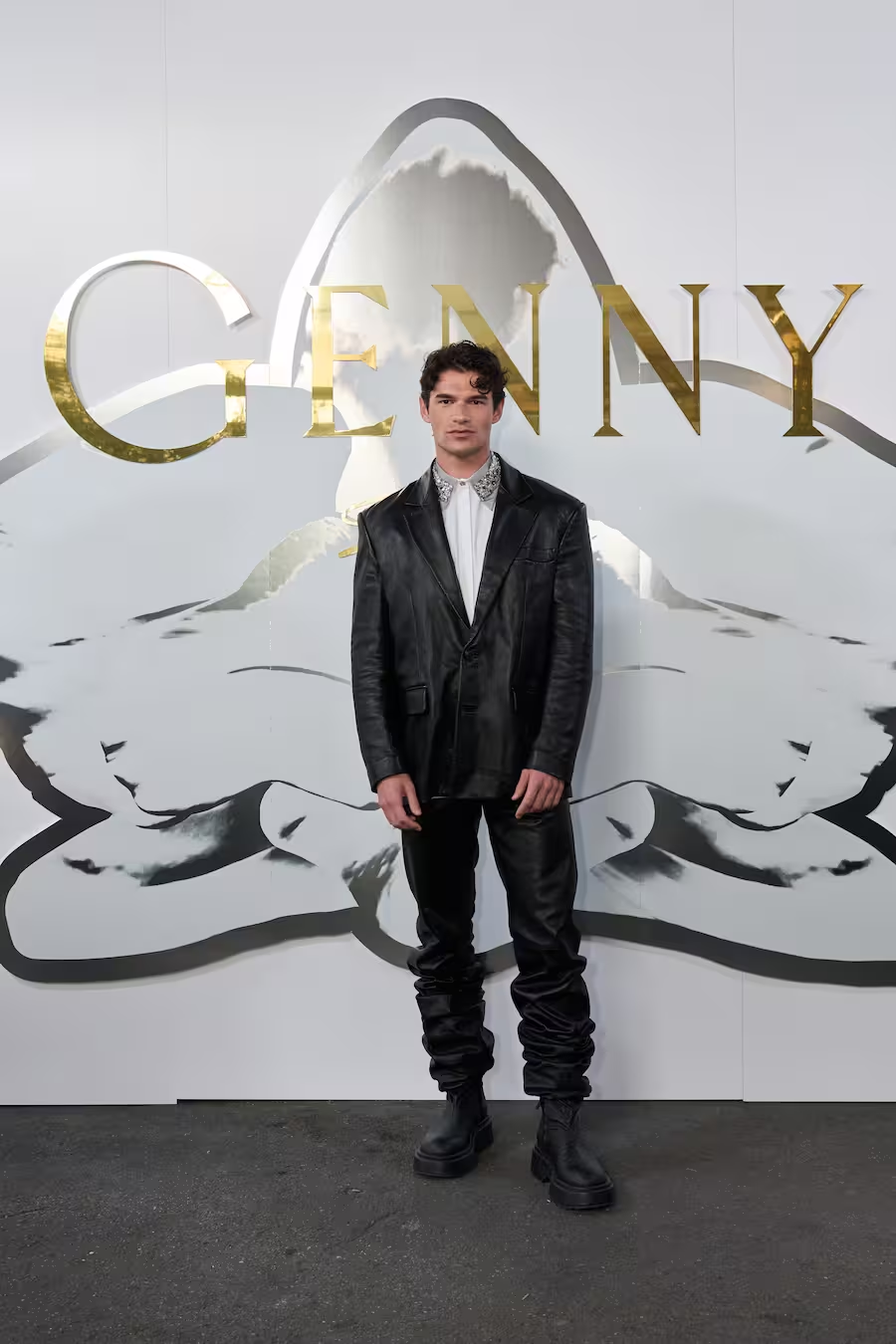
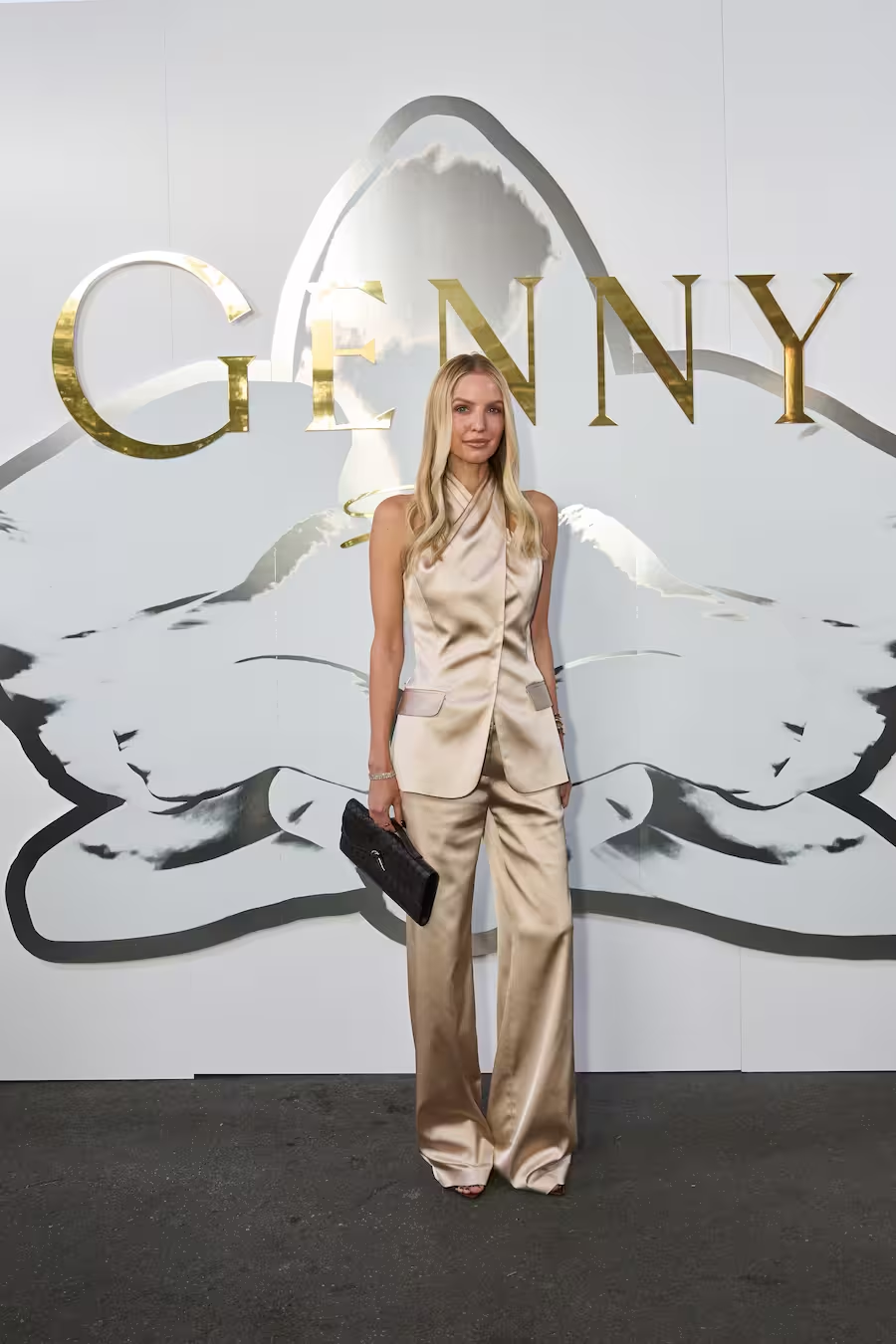
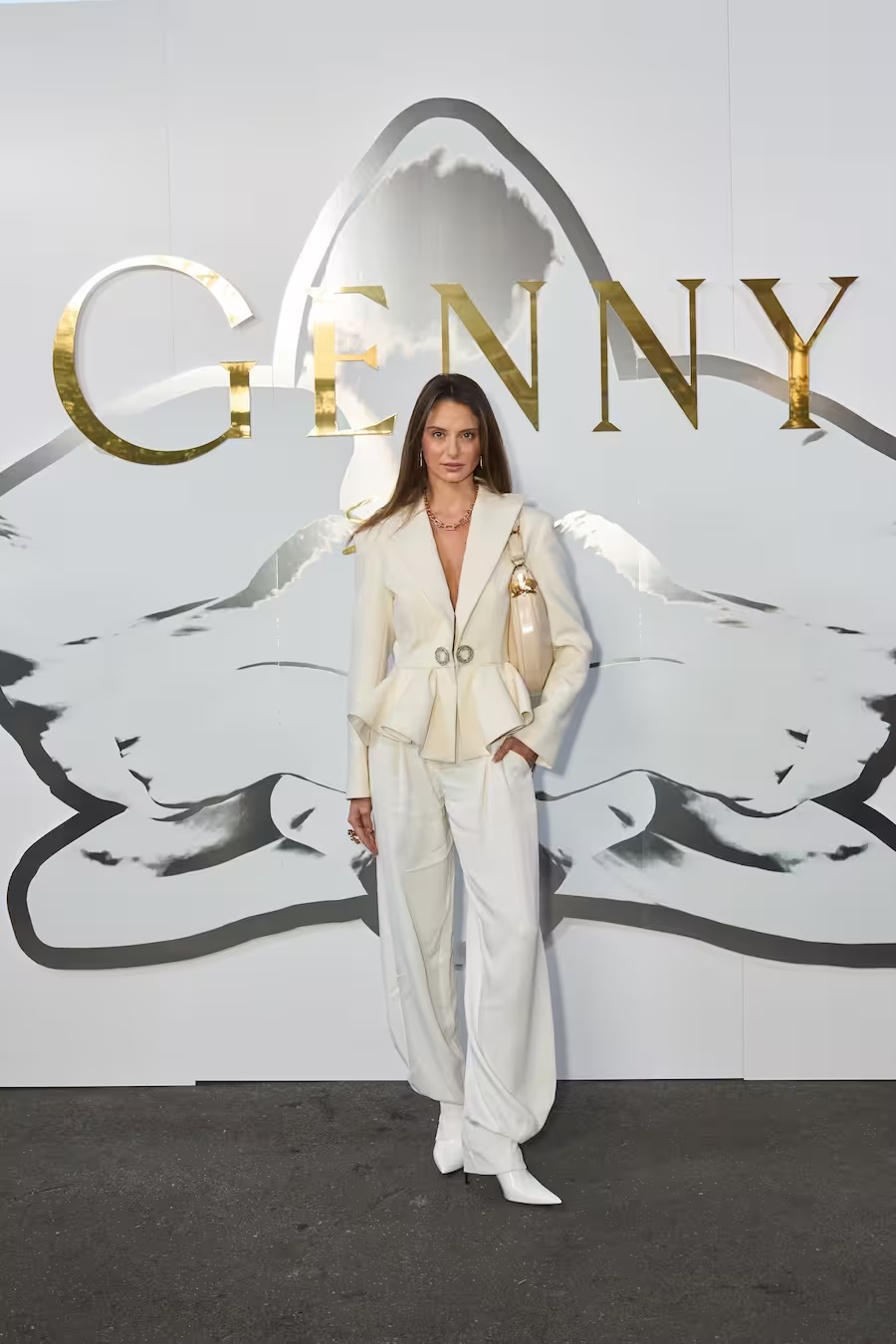
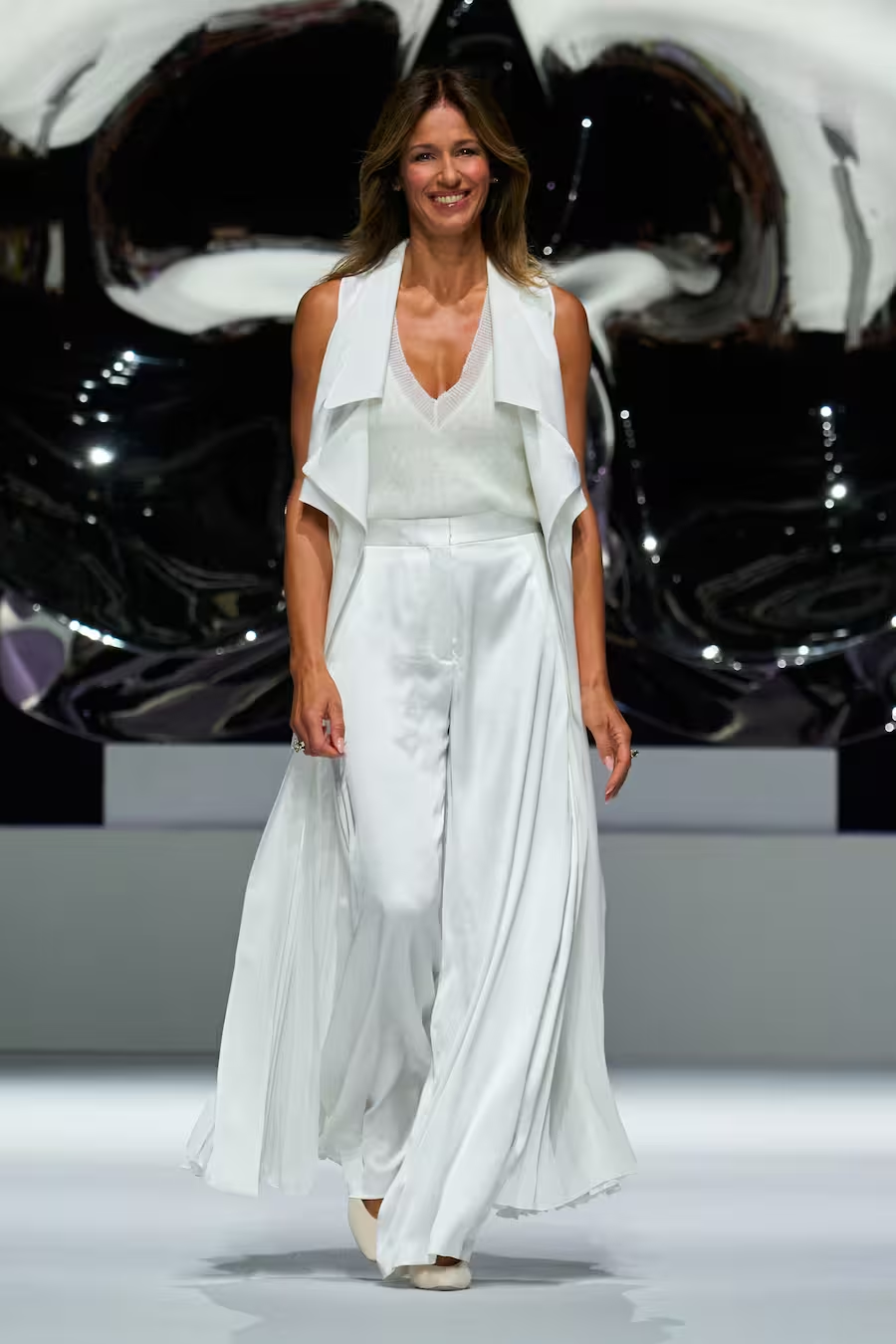
Press Office & Communication Manager
Azzurra Cantù
azzurra.cantu@genny.com
Via San Prospero, 1
20121 Milano
+39 02 37923308
www.genny.com
MARC QUINN
Artwork titles: Light Into Life
Biography: Marc Quinn is a British artist born in London in 1964 and a member of the renowned Young British Artists group. Early in his career, he had the opportunity to learn and practice bronze casting while working as an assistant in the studio of sculptor Barry Flanagan. He later graduated in Art History from Robinson College, University of Cambridge, where his deep passion for contemporary reinterpretations of art history began to take shape, along with his admiratio for great masters such as Auguste Rodin and Antonio Canova, echoes of whom often resonate in his work. Quinn’s artistic practice focuses on themes centered around the body, identity, and the perception of beauty.
He explores the body its tactility as well as its essence through the use of universal symbols such as the kiss or motherhood. A significant example of this is his 2001 sculpture Kiss, made from Carrara marble, in which he blends the classical posture of the figures with a profound and moving sense of humanity.
This work establishes a strong tension between the admiration for mutilated beauty as seen in classical statues and a reflection on bodily deformity. His art navigates between physical exploration and a more psychological inquiry, contemplating the role of art as a catalyst for society’s desires and aspirations. Also part of his body of work is the sculpture Sphinx Victory (2006), included in the Collection.


You May Also Like
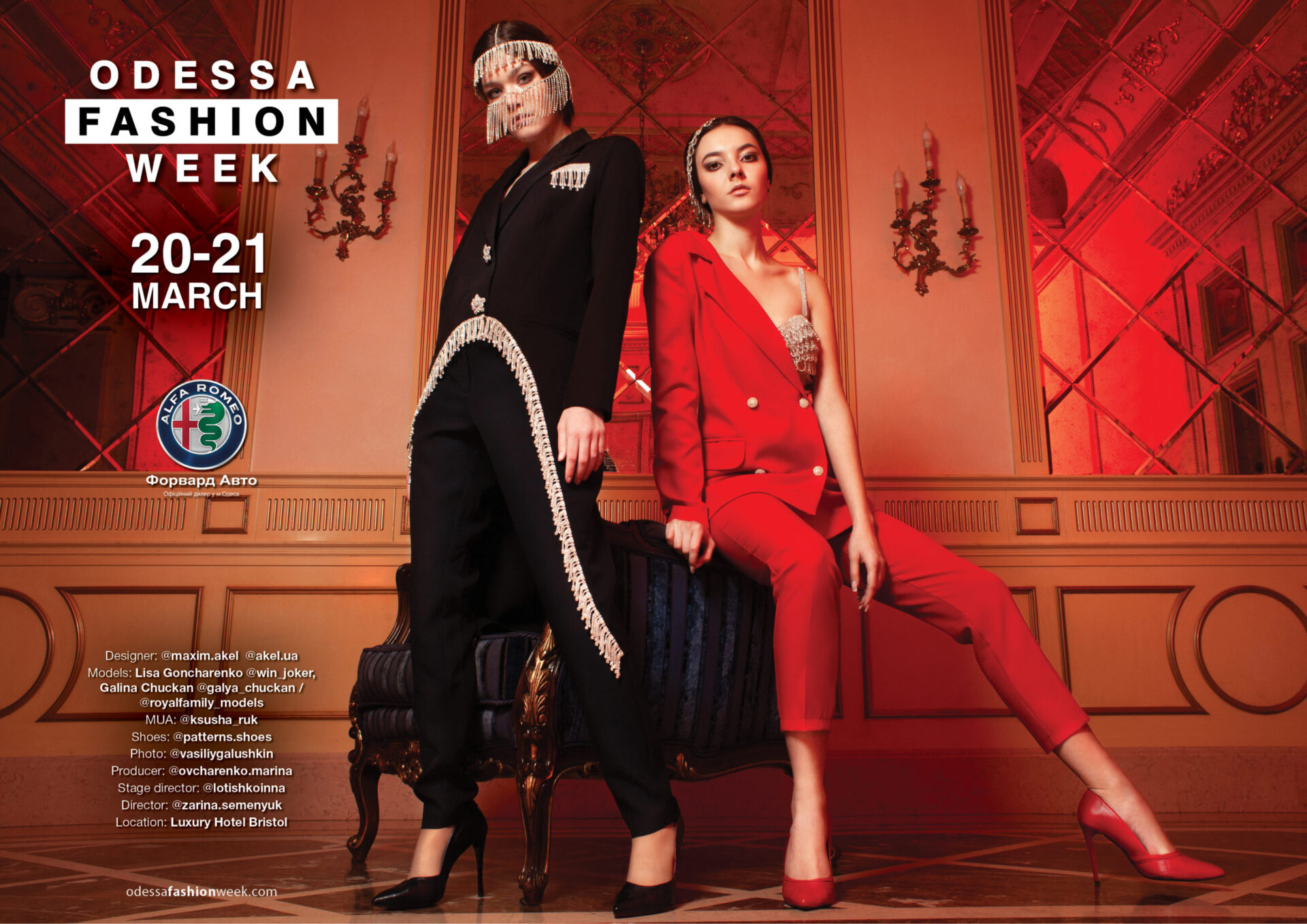
Odessa Fashion Week: New Season 2021
16 March, 2021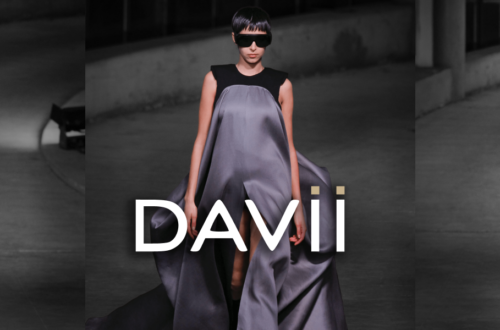
DAVII | FALL WINTER 2023-2024
25 March, 2023